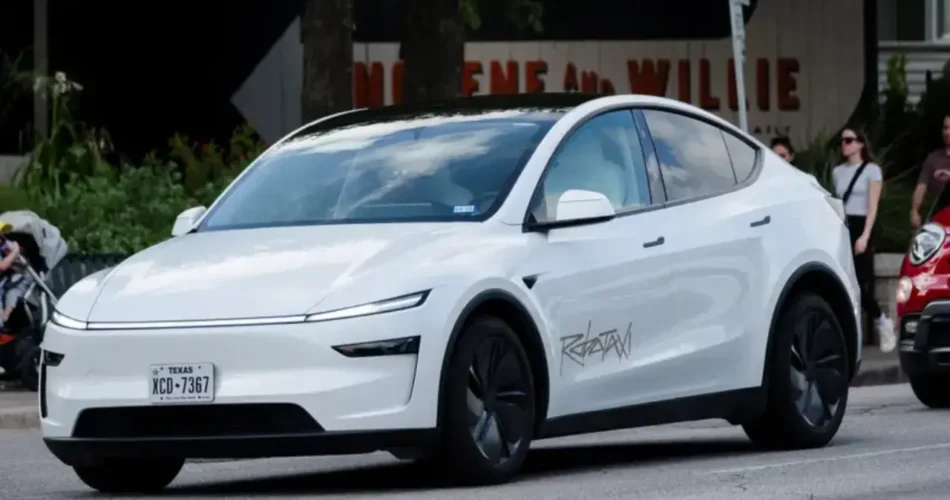Austin, Texas, June 26, 2025 – Tesla’s highly anticipated robotaxi service, launched on June 22, 2025, in Austin, has sparked both excitement and concern as videos of erratic driving behavior surfaced online, drawing scrutiny from federal regulators. The pilot program, featuring 10-20 Model Y vehicles equipped with Tesla’s latest Full Self-Driving (FSD) Unsupervised software, aimed to mark a milestone in autonomous vehicle technology. However, the initial rollout has faced challenges, with incidents raising questions about the readiness of Tesla’s driverless ambitions.
A Rocky Start for Tesla’s Robotaxi Vision
Tesla’s robotaxi service kicked off with a limited group of invited riders, primarily Tesla influencers and shareholders, in a geofenced area of South Austin. The service, accessible via a new Robotaxi app, operates from 6:00 a.m. to midnight, with human safety monitors in the passenger seat to oversee operations. Despite Elon Musk’s claims of a “decade of hard work” culminating in a successful launch, social media footage revealed several troubling incidents during the first days of operation.
Videos posted on platforms like X showed Tesla robotaxis driving unpredictably. One clip captured a vehicle veering into the wrong lane, crossing a double yellow line before correcting itself. Another showed a robotaxi speeding at 35 mph in a 30 mph zone, while a separate incident involved abrupt braking near parked police vehicles, causing confusion in traffic. Additionally, riders reported issues with the app, including laggy touchscreens and pickups occurring far from requested locations, with one user describing a quarter-mile walk to reach their ride.
Regulatory Scrutiny and Public Reaction
The National Highway Traffic Safety Administration (NHTSA) quickly took notice, contacting Tesla on June 23 to gather information about the incidents. “NHTSA is aware of the referenced incidents and is in contact with the manufacturer to gather additional information,” the agency stated, emphasizing its commitment to enforcing safety standards. While the inquiry is routine for new technology deployments, it underscores the challenges Tesla faces in proving the reliability of its camera-based autonomous system, which differs from competitors like Waymo that rely on lidar and radar.
Public sentiment, as seen on X, is mixed. Tesla supporters praised the “smooth” rides and innovative app features, like syncing music playlists and adjusting climate settings. Critics, however, highlighted safety concerns, with one user noting, “Two safety-critical errors in just 500 miles driven suggests the software needs work.” Protests also emerged, with groups like The Dawn Project and Resist Austin demonstrating on June 12, citing safety risks and Musk’s political ties as reasons for opposition.
Tesla’s Response and Future Plans
Tesla has emphasized safety, restricting the service to good weather conditions and avoiding complex intersections. The company also noted that the Model Y vehicles used are standard factory models, reinforcing that any Tesla could potentially join the robotaxi network. Musk has projected rapid expansion, aiming for 1,000 robotaxis by late 2025, with plans to extend the service to other cities. However, analysts caution that scaling up will require overcoming significant technical and regulatory hurdles.
The Austin rollout, while a step forward, highlights the gap between Tesla’s vision and reality. Competitors like Waymo, already offering 250,000 weekly rides across multiple cities, set a high bar. As Tesla refines its technology, the company faces pressure to balance innovation with safety, all while navigating public and regulatory scrutiny.
What’s Next?
As Tesla works to address these early hiccups, the company’s ability to learn from edge cases—like a reported safety monitor intervention to avoid a collision with a reversing UPS truck—will be critical. For now, Austin remains a testing ground for Tesla’s driverless dreams, with the world watching to see if Musk can deliver on his promise of revolutionizing transportation.
Sources: CNBC, Reuters, The Guardian, TechCrunch, Bloomberg

